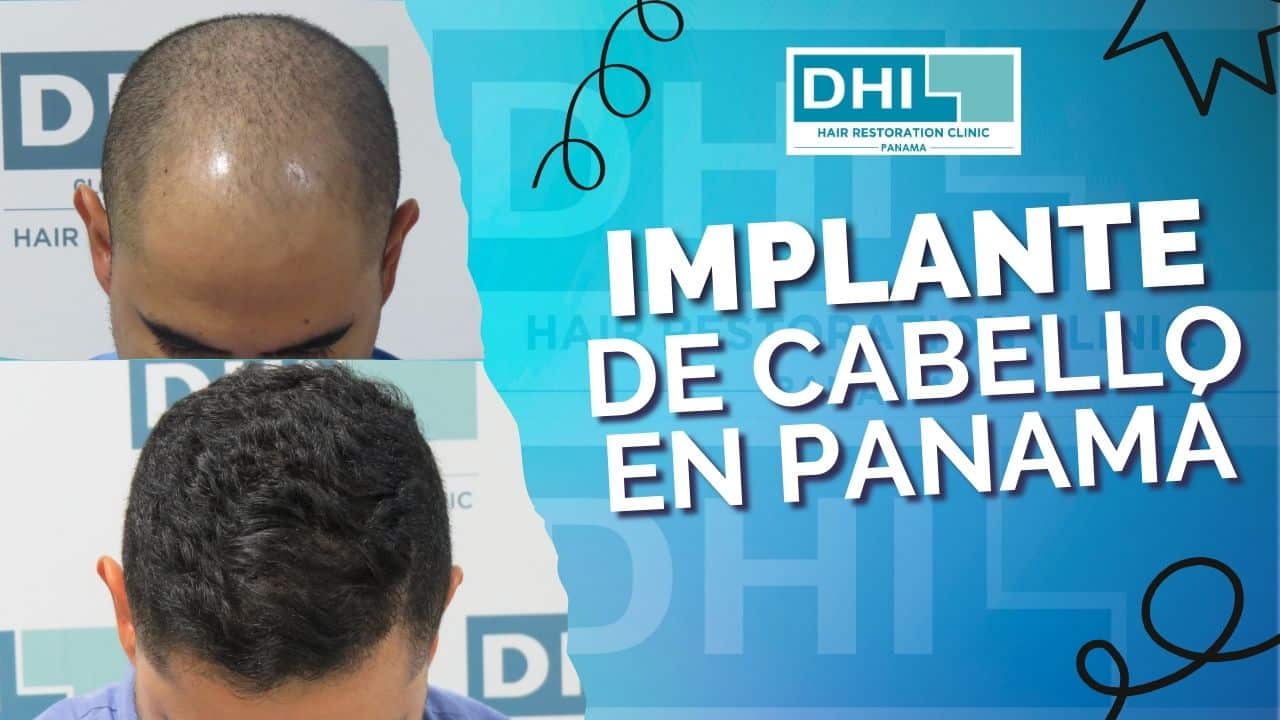
Hair Loss after a Hair Transplant
Hair loss is a problem growing worldwide that can dramatically change the way we look. For many, especially young men, looking older makes them feel distressed.
However, hair transplant procedures such as the DHI technique work effectively to combat the ravages that male pattern alopecia and hair loss in women have left on the scalp.
The DHI hair restoration is safe and unlike other techniques it is minimally invasive. With this method, eyelash and beard restorations also obtain a 100% natural result, without leaving scars.
Since the same patient’s hair is implanted in this procedure, the regeneration phases of this hair are the same as with the rest of the hair.
Telogen Phase
After a DHI hair transplant, the most important stage is the telogen. During this phase the implanted hair is shed and its shedding occurs during the following weeks. There is no need to worry, its fall is totally natural and after 3 or 4 weeks, it will start to grow again.
Anagen Phase
At this stage hair growth begins and new hair begins to grow from the transplanted follicles. The speed with which this growth occurs depends on each person.
Catagen
The third stage of the encounter with the patient after a hair transplant is the catagen stage. This is basically a resting one, the hair stops growing.
Telogenic Phase
The telogen phase is the last stage of hair development. After the resting period the hair stops growing and begins to fall, but not all at once. Only a certain amount of hairs can fall a day, 80-100 hairs on a healthy scalp.





